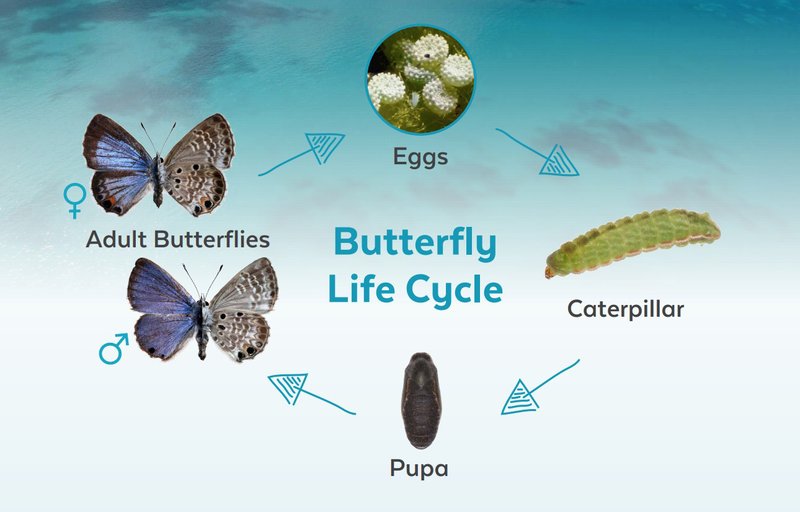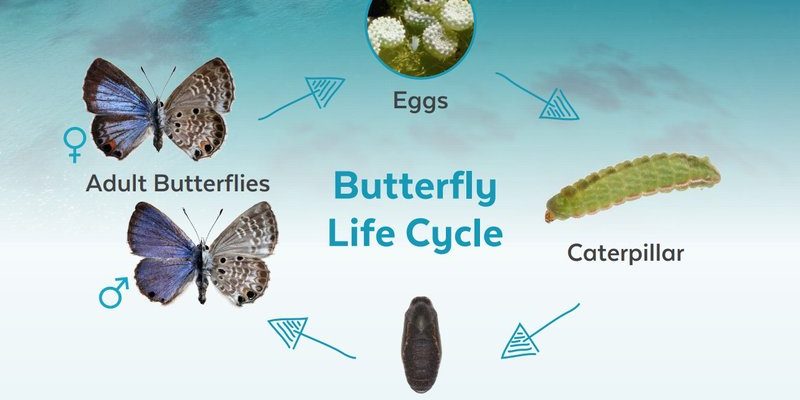
When we talk about climate change, we often think of rising temperatures, extreme weather events, and melting ice caps. But what’s less obvious is how it trickles down to affect the lives of smaller creatures, like botflies and their larvae. Just like how a ripple spreads when you toss a stone into a pond, climate change sends out effects that touch everything in the ecosystem, including the distribution of botfly larvae. Let’s dig into this fascinating (and slightly creepy) topic together.
Understanding Botflies and Their Larvae
Botflies belong to the family **Oestridae**, and their life cycle is pretty unique. They start as eggs that hatch into larvae inside a host animal, often mammals. This means they rely on other creatures to survive. Honestly, that’s a pretty interesting way to live. The larvae grow inside their host until they are ready to emerge and continue the cycle.
There are several types of botflies, but the most well-known is the **human botfly** (*Dermatobia hominis*). While their larvae aren’t lethal, they can be quite a nuisance and even lead to infections. Essentially, botfly larvae are nature’s way of demonstrating how interconnected life can be. If one part of the system changes, it can have a domino effect on everything else, including their distribution.
You might be wondering how they find their hosts. Botflies often use **intermediary hosts** like mosquitoes to transport their eggs. When the mosquito bites a mammal, it injects the eggs, allowing the larvae to enter their new home. This relationship is crucial for their survival and, as we’ll see, it’s also impacted by climate change.
The Role of Climate Change in Ecosystems
Climate change isn’t just a buzzword; it’s a real challenge that affects ecosystems globally. As temperatures rise and weather patterns shift, the habitats where these creatures thrive are also changing. For botflies, this could mean new opportunities in unexpected places or, unfortunately, threats to their survival.
With warmer temperatures, we’re seeing changes in host animal populations and distributions. Many animals, like deer or rodents, might migrate to cooler areas, bringing botflies along for the ride. This means that the presence of botfly larvae could expand into regions where they were previously absent. It’s like inviting an unexpected guest to a party—entertaining for some but distressing for others.
Additionally, extreme weather events, such as heavy rainfall or drought, can disrupt habitats and food sources for both botflies and their hosts. For instance, if a drought reduces the population of a preferred host, the botfly larvae might struggle to survive. This illustrates how climate change connects to every tiny thread in the web of life.
Effects on Botfly Larval Distribution
So, what are the specific effects of climate change on botfly larvae distribution? First, let’s talk about **geographic shifts**. As temperatures rise, botflies may start appearing in new regions. This has already been observed with some insect species, moving further north as conditions become more favorable.
Another aspect is **seasonal changes**. With warmer winters, botflies might experience longer breeding seasons. This can lead to an increase in their populations, which might sound great, but it can overwhelm local ecosystems and create health issues for mammals that host them. More larvae mean more potential infections for animals and, in some cases, for humans.
Botflies are also sensitive to environmental changes. If the climate causes certain habitats to become less suitable for their hosts, this could lead to a decline in botfly numbers. It’s a delicate balance—if their hosts suffer, so do they. It’s like a complicated dance where both partners must move in sync to avoid stepping on each other’s toes.
Potential Consequences for Host Animals
The growing presence of botfly larvae due to climate change poses serious challenges for various host animals. One major issue is health. Infections from botfly larvae can lead to inflammation and severe discomfort for mammals. For livestock, this means reduced productivity and increased veterinary costs, which is a significant concern for farmers.
Wild animal populations can also be affected. When these creatures are overwhelmed by botfly infestations, their ability to gather food and reproduce can be diminished. This can lead to population declines, disrupting the natural balance in ecosystems.
Moreover, considering the potential for humans to encounter botflies more frequently, there are public health implications as well. Increased infestations could lead to more cases of botfly-related infections in humans, especially in areas where they weren’t common before.
Monitoring and Management Strategies
As the botfly distribution shifts, effective monitoring and management strategies are crucial. Ecologists and wildlife health experts recommend comprehensive surveillance of botfly populations, especially in regions that may become new habitats.
One approach is **collaborative research**, where scientists partner with local communities to track changes in botfly larvae distribution. By sharing knowledge and resources, they can identify emerging problems early and respond more effectively.
Another strategy involves **public awareness campaigns**. Educating people about botfly risks, especially in areas seeing new populations, can lead to quicker treatments and better health outcomes. If more people are aware of what to look for, they can seek medical help sooner, reducing complications and infections.
Lastly, conservation practices aimed at maintaining healthy ecosystems can also help manage botfly populations. Protecting host animals and their habitats ensures a balanced ecosystem, giving both hosts and botflies a better chance to thrive.
The effects of climate change on botfly larvae distribution are a small piece of a much larger puzzle. As we unravel the connections within ecosystems, we learn just how interdependent every creature is—no matter how small.
While botflies may not be the first thing that comes to mind when discussing climate change, their changing populations reflect broader environmental shifts. By understanding these implications, we can work towards solutions that protect our ecosystems and the diverse life within them.
As we face these challenges, it’s vital to remember that every little action counts. Whether you’re reducing your carbon footprint or participating in local conservation efforts, every step can help create a healthier planet for all its inhabitants.

